Unlimited Data.
Infinite Possibilities.
Looking for B2B data? Download Unlimited data using our Chrome extension at just $79/month.
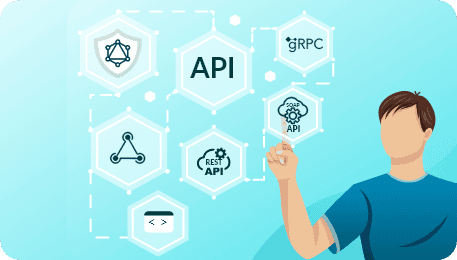
The Ultimate API Guide: Types, Benefits & Best Practices
Struggling to keep your business data accurate, synced and secure
Outdated data leads to lost opportunities, operational inefficiencies, and security risks. Manual updates slow down the operations, disconnected systems create bottlenecks, and outdated records disrupt decision-making.
An API-driven solution ensures seamless data synchronization, real-time accuracy, and secure access, enabling businesses to operate efficiently and scale with confidence.
An Application Programming Interface (API) defines a set of rules and protocols that allow software applications to communicate and exchange data. It enables systems to interact without directly accessing each other’s code or database.
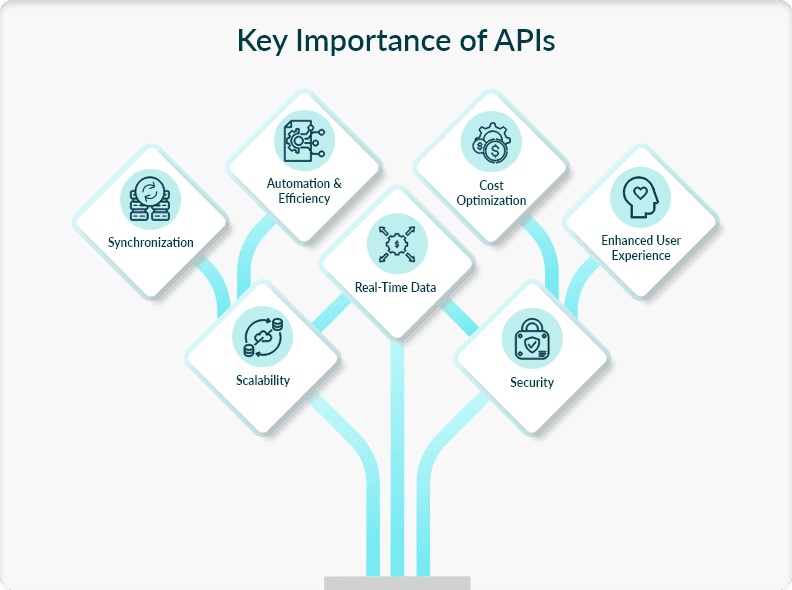




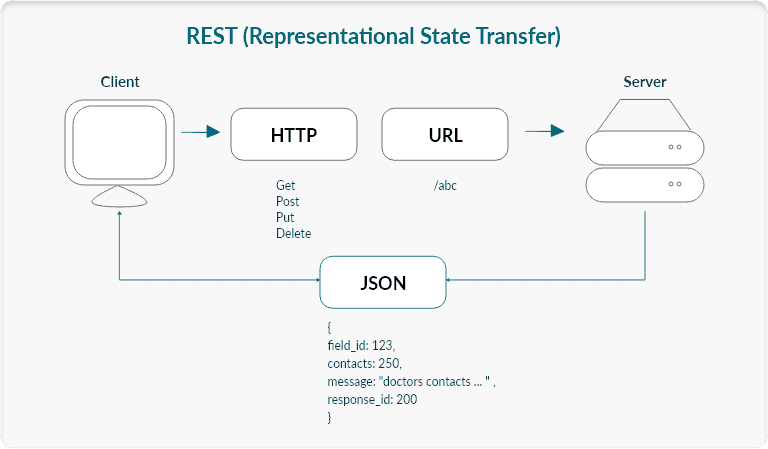
It is a widely used API architecture that enables seamless communication between systems over the web.
It follows a stateless client-server model and utilizes standard HTTP methods to interact with resources.
Key Insight
Standard HTTP Methods: Uses GET (Retrieve Data), POST (Create Data), PUT (Update Data), and DELETE (Remove Data) to interact with resources through unique endpoints.
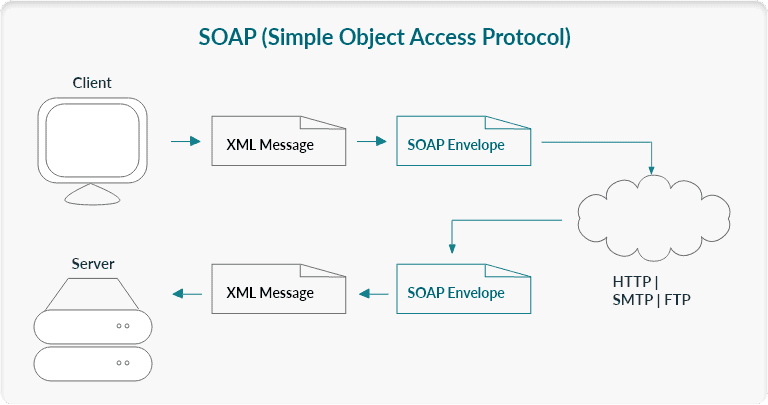
It is a protocol-based architecture that uses XML (Extensible Markup Language) for structured message exchange.
It ensures high security and reliability but can be slower due to strict standards.
Key Insight
High Security & Reliability: SOAP follows a strict protocol, ensuring secure and reliable communication. This makes it ideal for banking, healthcare, and compliance-driven enterprises.
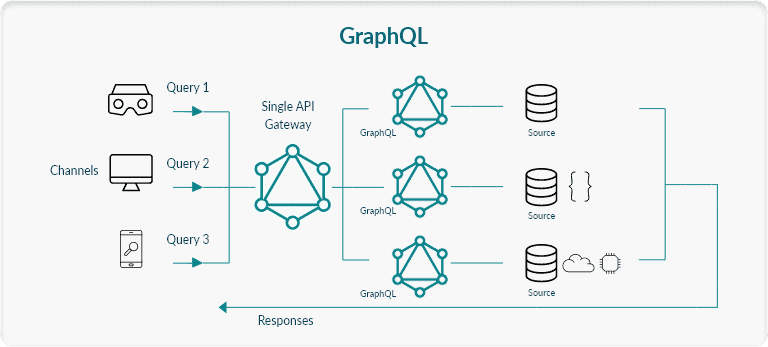
It is a query language that allows clients to request specific data from a single API endpoint.
It reduces multiple requests, improves efficiency, and is ideal for low-bandwidth applications.
Key Insight
Optimized Data Fetching: GraphQL enables clients to retrieve only the necessary data, reducing over-fetching and under-fetching.

They are event-driven APIs that send HTTP requests when specific triggers occur.
They enable real-time updates and automation, such as notifying a system after a payment is made.
Key Insight
Real-Time Event Handling: Webhooks instantly transmit data on specific events, eliminating the need for constant polling.

It is a high-performance framework for fast communication between applications.
It is ideal for microservices and distributed systems that require efficient data exchange.
Key Insight
Cross-Language Compatibility: gRPC supports multiple programming languages, ensuring seamless system interoperability. This makes it ideal for distributed applications and microservices.






Supercharge Your API Knowledge!
Test your expertise and see how well you understand API types, architecture and best practices.
ReachStream provides ReachAPI, a REST-based service suite designed for effortless data access and integration. It enables businesses to retrieve real-time, structured JSON data using simple HTTP requests, ensuring clarity, accuracy, and efficiency in data workflows.










Author
By submitting this form, you agree to ReachStream’s Privacy Policy and Terms of Service.